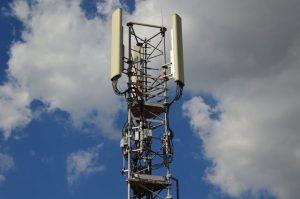
GEO Satellites: The Backbone of Global Connectivity
GEO satellites, or Geostationary Earth Orbit satellites, are a type of satellite that orbits the Earth at an altitude of approximately 36,000 kilometers, remaining stationary relative to a fixed point on the equator. This unique characteristic allows GEO satellites to provide continuous coverage of a specific region, making them an essential component of modern communication, navigation, and weather forecasting systems.
The use of GEO satellites has revolutionized the way we communicate, navigate, and predict weather patterns. By providing a stable and reliable platform for transmitting data, GEO satellites enable global connectivity, facilitating international communication, trade, and commerce. Moreover, they play a critical role in supporting emergency services, such as search and rescue operations, and disaster response efforts.
Applications of GEO Satellites
GEO satellites have a wide range of applications, including television broadcasting, telecommunications, weather forecasting, and navigation. They are used to transmit television signals, providing entertainment and information to millions of people around the world. Additionally, GEO satellites enable international telecommunications, facilitating phone calls, video conferencing, and internet connectivity.
In the field of weather forecasting, GEO satellites are used to monitor cloud patterns, track storms, and predict weather conditions. This information is essential for meteorologists to forecast weather patterns, issue warnings, and provide critical information to the public. Furthermore, GEO satellites are used in navigation systems, such as GPS, to provide location information and guide vehicles, ships, and aircraft.
Benefits of GEO Satellites
The benefits of GEO satellites are numerous and significant. They provide global coverage, enabling communication and connectivity in remote and underserved areas. GEO satellites also offer high-speed data transmission, facilitating the exchange of large amounts of data between different locations. Moreover, they are relatively low-cost compared to other types of satellites, making them an attractive option for many applications.
Another significant benefit of GEO satellites is their ability to provide backup communication services in the event of a disaster or network outage. They can serve as a redundant system, ensuring that critical communication services remain available, even in the face of infrastructure damage or destruction.
Challenges and Future Developments
Despite the many benefits of GEO satellites, there are several challenges associated with their use. One of the main challenges is the risk of satellite congestion, as the number of satellites in orbit increases, leading to potential interference and collisions. Additionally, GEO satellites are vulnerable to space debris, which can cause damage or destruction to the satellite.
To address these challenges, researchers and developers are working on new technologies and strategies to improve the efficiency and sustainability of GEO satellites. This includes the development of more advanced propulsion systems, more efficient power sources, and more robust materials. Furthermore, there is a growing focus on the use of smaller, more agile satellites, which can be launched at a lower cost and with greater flexibility.


